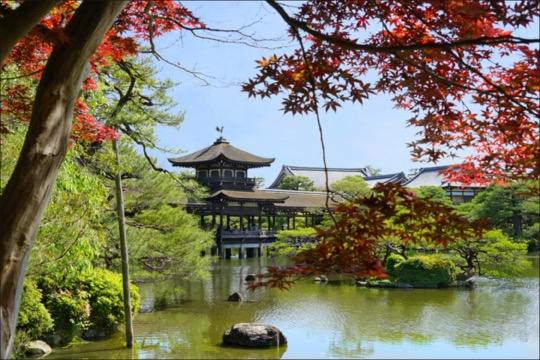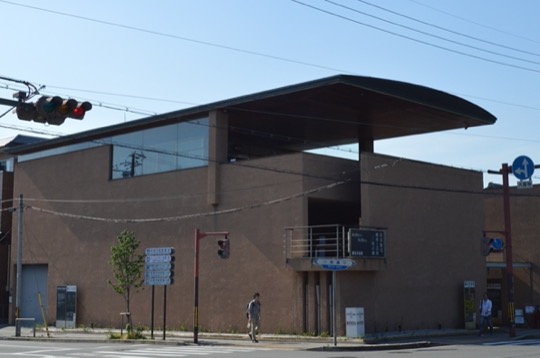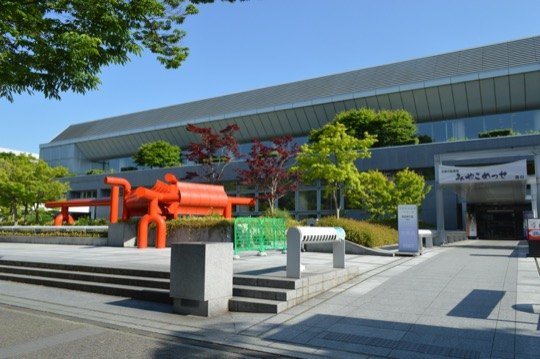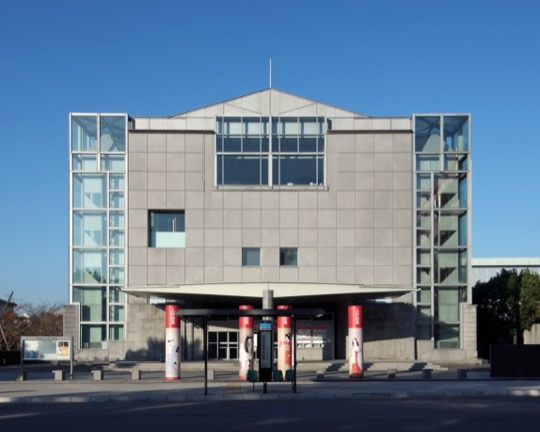Okazaki Park
Linking ancient emperors with modern art, a towering Torii gate stands sentinel
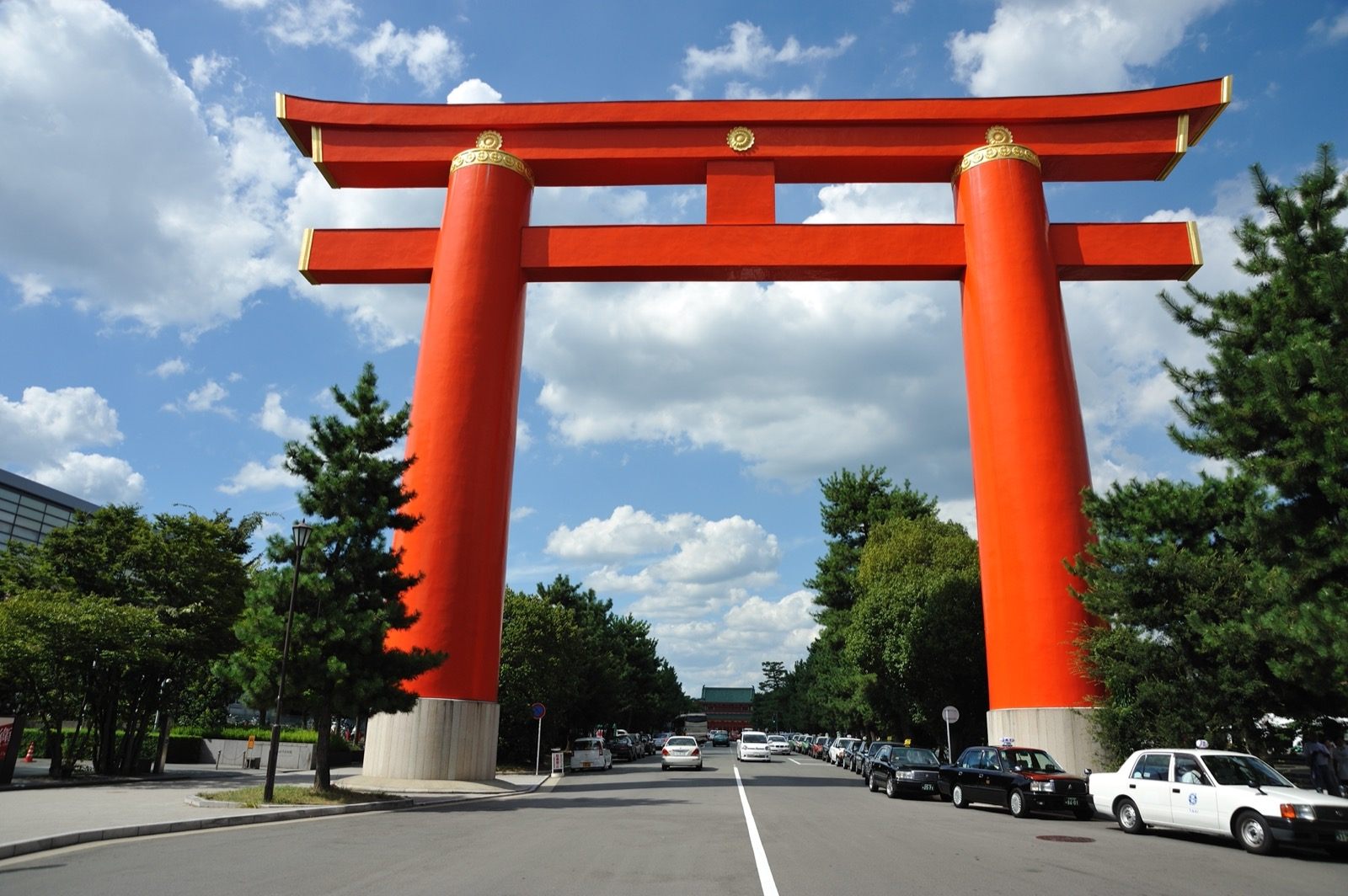
On This Page
Located at the heart of Kyoto, Okazaki Park is a cultural epicenter, with historical shrines, museums, and galleries. Its proximity to Heian Jingu Shrine and the imposing Torii gate highlights its role in the city’s historical and cultural tapestry. The area exemplifies Kyoto’s heritage and serves as a lively center for art and tradition.
Situated in eastern Kyoto, Okazaki Park represents the city’s cultural legacy. The park features several of Kyoto’s key cultural entities. The Heian Jingu Shrine, established in 1895 for the 1100th anniversary of Heian-kyo, honors Emperor Kammu and Emperor Komei, the respective first and last emperors based in Kyoto. Its Torii gate, reaching 24 meters, is a prelude to the city’s cultural exploration.
The adjacent Heian Shrine Gardens, adorned with weeping cherry trees, attract visitors in spring. The National Museum of Modern Art, Kyoto, traces Japan’s post-Meiji period artistic development. The Kyoto Museum of Crafts and Design exhibits and preserves local craftsmanship, revealing time-honored techniques and ingenuity.
The Kyoto Handicraft Center allows visitor participation in traditional arts through workshops, offering a direct experience of Kyoto’s artisan culture. Create keepsakes like painted fans or woodblock prints.
Okazaki Park plays a pivotal role in the local community by hosting festivals and events all year, celebrating both historical and contemporary culture.
Other notable sites near Okazaki Park include the Kyoto Municipal Zoo and the Kyoto City Library of Historical Documents, further enriching the cultural journey through Kyoto’s history and societal fabric.
Around Okazaki Park
Highlights around Okazaki Park
Heian Jingu Shrine
A cultural beacon honoring Kyoto’s imperial legacy and Heian period architecture.
Kyoto Museum of Crafts and Design
A showcase of Kyoto’s traditional craftsmanship
National Museum of Modern Art, Kyoto
A hub of modern and traditional art in Kyoto established in 1963

